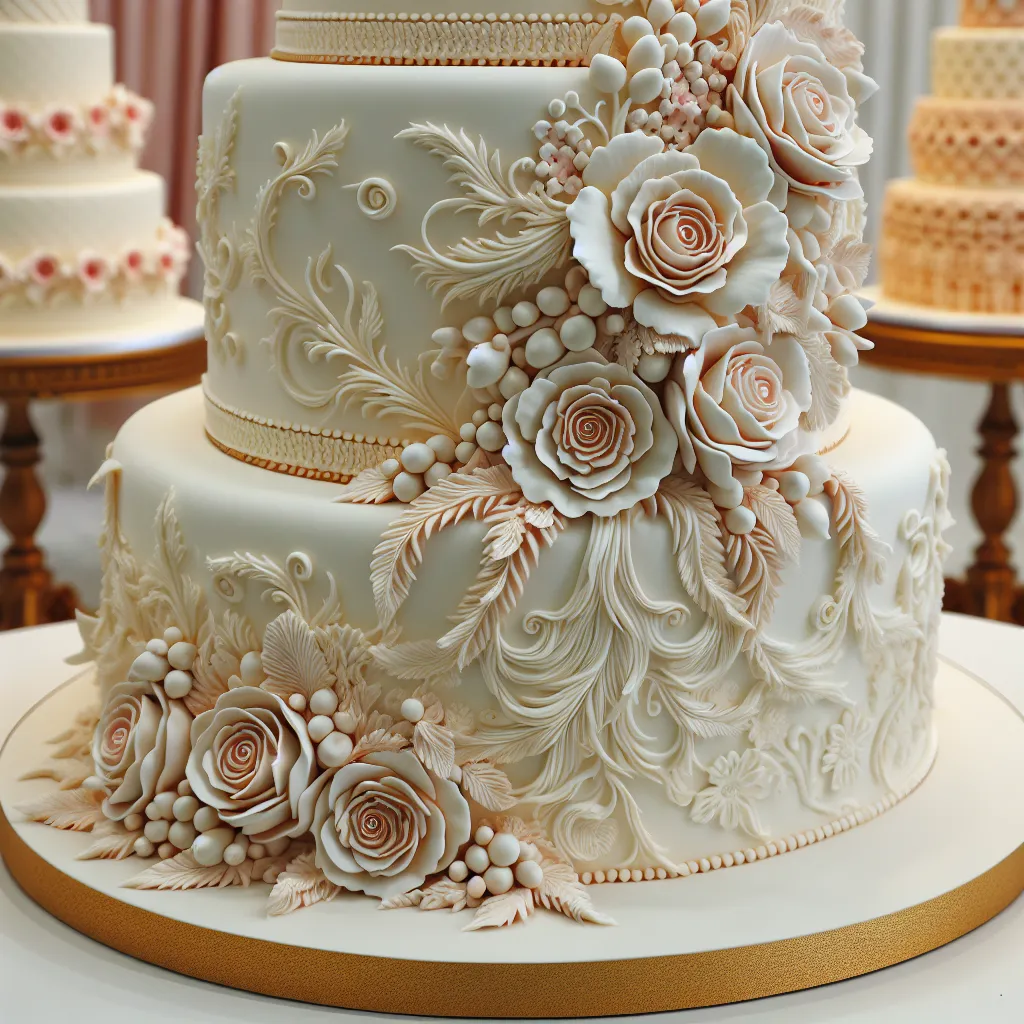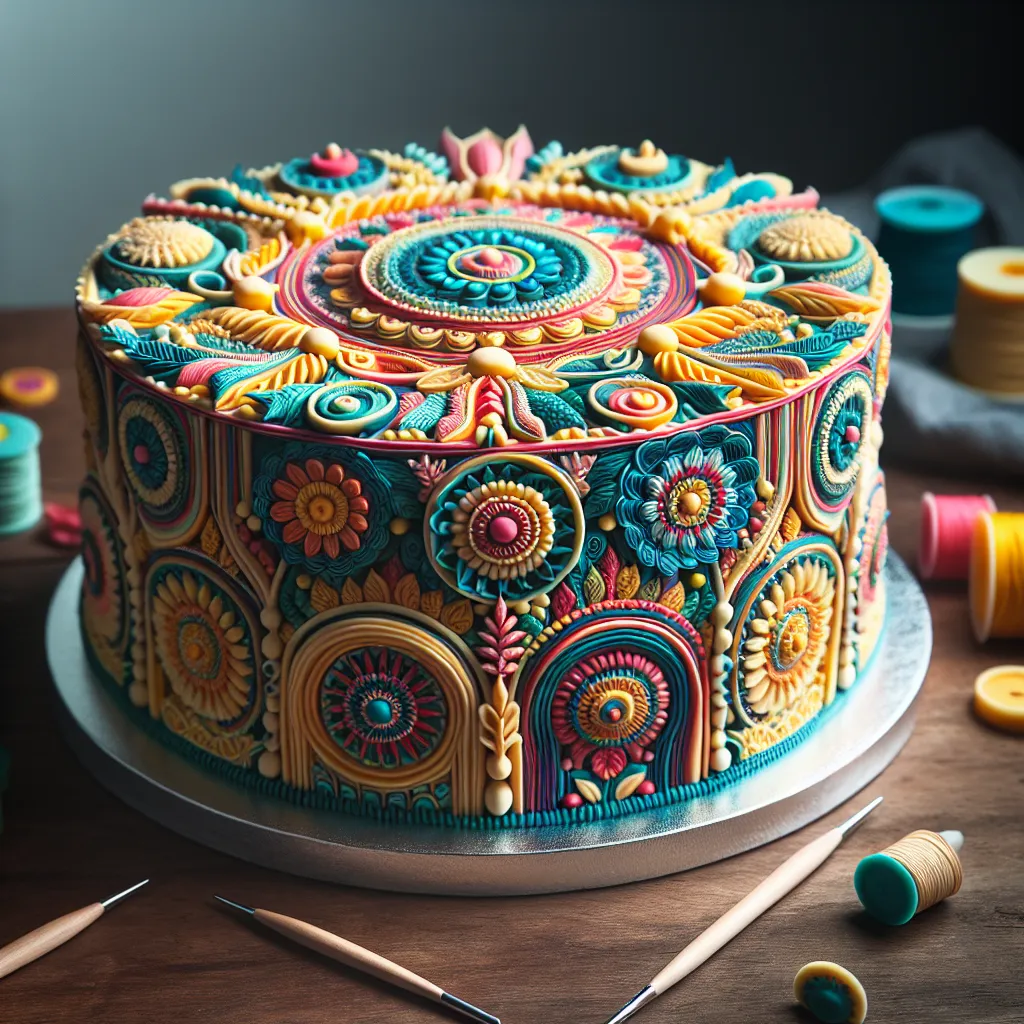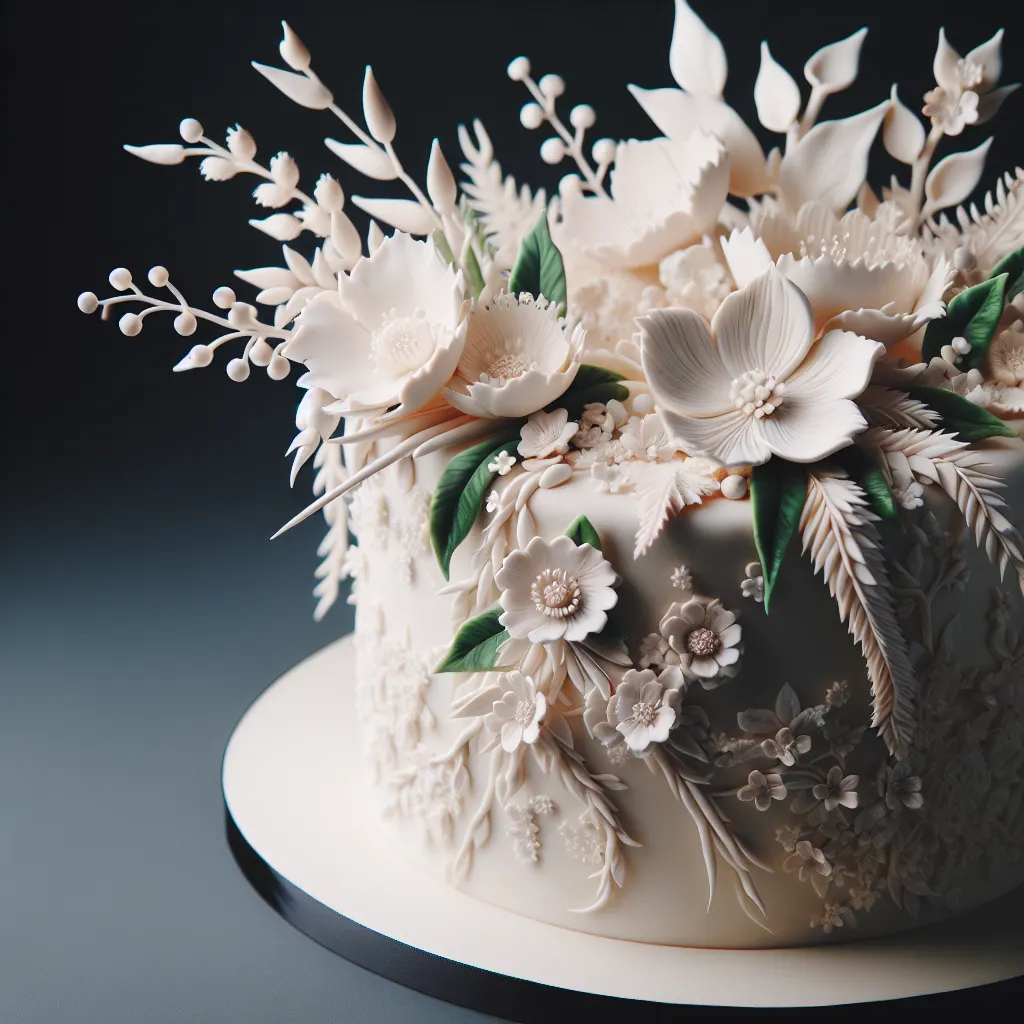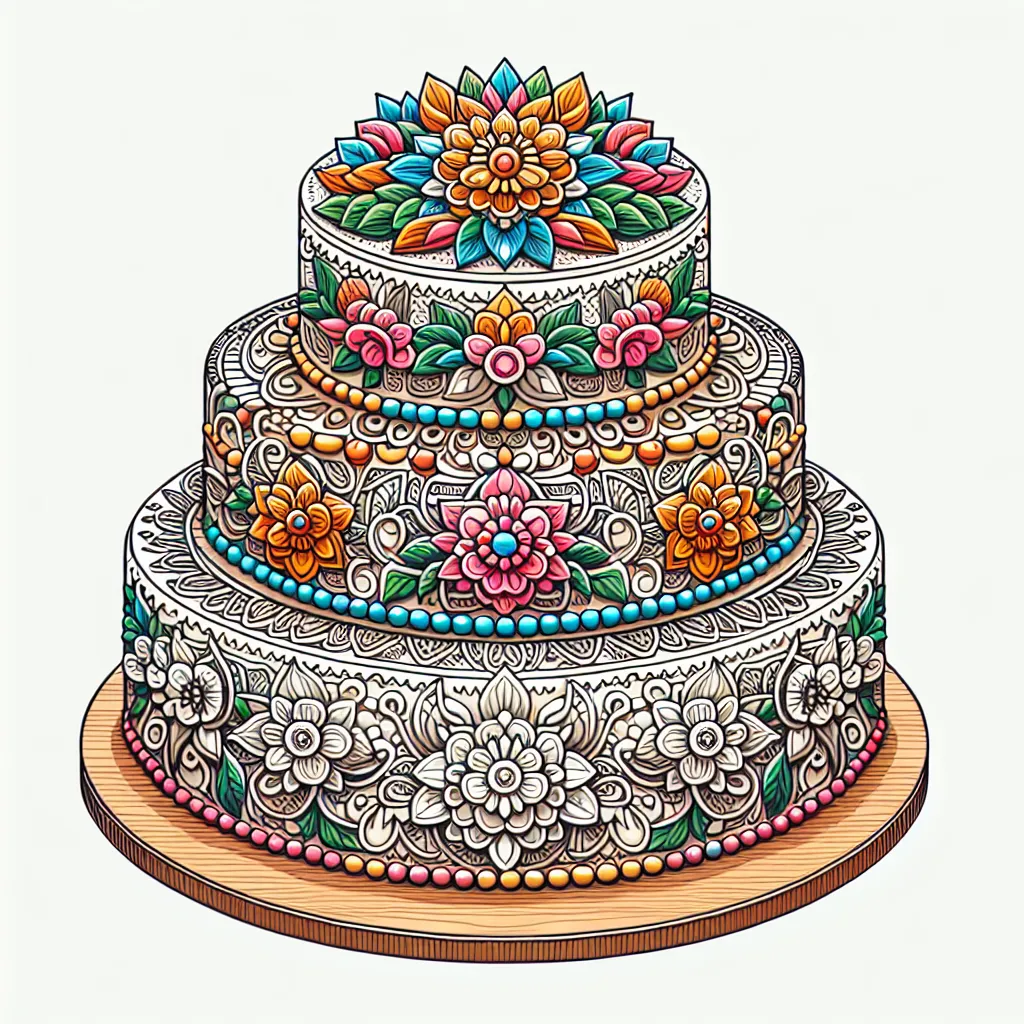The Science Behind Baking: Understanding Ingredients and Techniques
One of the key aspects of mastering the art of baking the perfect cake is understanding the science behind the process. This involves gaining knowledge about the various ingredients and techniques involved in baking. Flour, for example, serves as the structure of the cake, providing the framework for the final product. Different types of flour contain varying levels of protein, which affects the cake’s texture and crumb. Understanding the role of leavening agents such as baking powder and baking soda is crucial in achieving the desired rise and texture in the cake.
Sugar not only adds sweetness but also affects the tenderness, color, and moisture retention of the cake. Fats, like butter or oil, contribute to the cake’s richness and moisture while also tenderizing the crumb. Eggs act as emulsifiers and provide structure, contributing to the overall stability of the cake. Additionally, familiarizing oneself with various mixing methods, such as the creaming method or the reverse creaming method, can significantly impact the cake’s texture and structure.
Temperature and time are also critical factors in the science of baking. Understanding the significance of preheating the oven and the appropriate baking time, as well as the impact of oven hot spots on the cake, is vital to achieving a consistently perfect outcome. By delving into the science behind baking and honing their understanding of ingredients and techniques, aspiring bakers can elevate their skills and master the art of creating the perfect cake.
Essential Tools for Baking Success: From Mixers to Thermometers
The art of baking a perfect cake requires not only skill, but also the right tools. From mixers to thermometers, there are several essential tools that can greatly contribute to baking success. A high-quality stand mixer is a staple tool for any baker. Its powerful motor and versatile attachments make mixing batters and doughs a breeze, ensuring a smooth and even consistency. Additionally, a reliable oven thermometer is crucial for accurate temperature control, as many ovens can have variations in temperature.
Another indispensable tool is a good set of measuring cups and spoons, as precise measurements are vital in baking. These ensure that ingredients are added in the correct proportions, leading to consistent and reliable results. A sturdy springform pan is also a must-have for baking perfect cakes, as it allows for easy removal without damaging the delicate structure of the cake.
Moreover, a silicone spatula is essential for folding ingredients gently and scraping every last bit of batter from the bowl. This ensures that no flavor or texture is lost in the mixing process. Lastly, a cooling rack is important for allowing air to circulate around the baked goods, preventing sogginess and ensuring a uniform cooling process.
By investing in these essential tools, bakers can set themselves up for success in mastering the perfect cake. From accurate measurements to precise mixing, these tools are the building blocks of a successful baking journey.
Perfecting the Art of Cake Decorating: Tips and Tricks for Stunning Finishes
Mastering the art of baking involves not only creating a delicious cake but also perfecting the art of cake decorating. Achieving a stunning finish on your cakes requires attention to detail and a few tips and tricks to elevate your creations to the next level.
One crucial aspect of cake decorating is choosing the right icing consistency. For smooth finishes and intricate designs, a medium consistency buttercream or royal icing works best. It allows for easy piping and spreading without being too runny or too stiff. Experiment with different consistencies to find the one that suits your decorating needs.
When it comes to creating eye-catching decorations, investing in quality piping tips and tools can make a significant difference. A set of piping tips in various shapes and sizes enables you to craft intricate designs, from delicate borders to elaborate floral patterns. Additionally, a turntable makes the process of applying icing more seamless and helps achieve even and professional-looking finishes.
Adding edible embellishments to your cake can take its visual appeal to the next level. From fresh fruit and chocolate shavings to edible flowers and metallic dragees, the options for creative decorations are endless. Just ensure that the embellishments complement the flavor of the cake and are aesthetically pleasing.
Finally, practice and patience are key to mastering the art of cake decorating. It takes time to develop steady hands and precision in piping, but with dedication, your decorating skills will improve. Don’t be afraid to experiment with new techniques and designs to discover your signature style.
By focusing on these tips and tricks, you can elevate your cake decorating skills and turn your creations into stunning works of art that are as visually impressive as they are delicious.
Exploring Flavors: Creating Unique and Delicious Cake Combinations
Exploring flavors is an essential aspect of mastering the art of baking the perfect cake. Creating unique and delicious cake combinations requires a deep understanding of how different flavors complement and enhance each other. When it comes to flavor exploration, the options are endless. From classic combinations like chocolate and raspberry to more unconventional pairings such as coconut and mango, the key is to experiment and find unexpected harmonies that surprise and delight the taste buds.
To create unique cake flavors, it’s important to start with high-quality ingredients. Whether it’s using fresh fruits and zest for a burst of citrusy flavor or incorporating premium cocoa powder for a rich and decadent taste, the quality of the ingredients directly impacts the final result. Additionally, incorporating different textures such as crunchy nuts or creamy fillings can add depth and interest to the overall flavor profile of the cake.
Furthermore, exploring global flavors can open up a world of inspiration for creating unique cake combinations. Drawing from the aromatic spices of India, the delicate pastries of France, or the exotic fruits of the tropics, infusing these diverse flavors into your cakes can result in an exciting blend of tastes that captivate the senses.
In conclusion, mastering the art of creating unique and delicious cake flavors is a journey of exploration and experimentation. By understanding the interplay of different ingredients, textures, and global influences, bakers can unlock a world of possibilities to craft exceptional cakes that leave a lasting impression.




